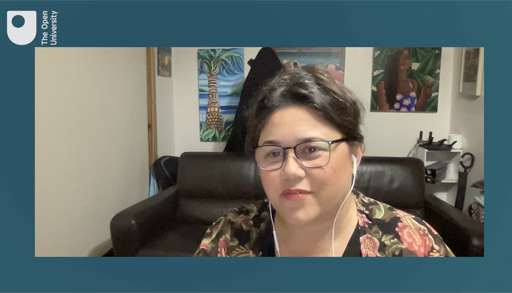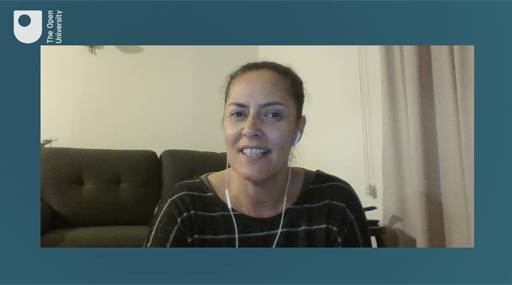1.2 Voices from the present
In addition to looking backwards to note perspectives and practices from the past, it is also important to look around and see how practitioners are caring for young children in other cultural contexts. This is exactly what this section intends to do.
First you are going to be introduced to Maria Cooper and Shirlene Murphy who are based in Auckland, New Zealand. As you watch the videos explaining cultural practices in their context, you will note they use some terminology (Māori) that may be unfamiliar to you. Listed in Table 1 below are the ideas they include, along with their definition.
| Māori terminology | Meaning in English |
| Mana | prestige, power, strength |
| Kaitiakitanga | guardianship, environmental stewardship |
| Kaitiaki | guardian, protector |
| Whenua | land |
| Papatūānuku | mother earth |
Activity 1 Thinking about cultural practices in New Zealand
In the first video Maria is responding to the question: Can you describe some of the cultural practices which inform young children’s engagement with the outdoors and nature in New Zealand?

Transcript
In the next video, Shirlene was asked: How do you view the role of the adult in this practice?

Transcript
As you listen to their discussion, you may like to make some points of the things you found most interesting.
A Learning journal has been created to accompany this course. If you would like to use it to record your answers to activities, download it now and save it somewhere so you can access it and add to it throughout the course. Anything you write in the Learning journal will only be visible to you.
Learning journal [Tip: hold Ctrl and click a link to open it in a new tab. (Hide tip)]
In case you would rather record your notes in a different way, text boxes have been added to every activity. Again, your notes will only be visible to you.
Comment
There may have been many points you found interesting when listening to Maria and Shirlene talking. Perhaps you noted the concept of Kaitiakitanga (guardianship or stewardship).
Very young children are not only seen as competent and capable in this context but it also seems that they have responsibilities towards the outdoor environment from a very young age. For example, they have a responsibility to impact on the ‘sour’ ambience of the hill that Shirlene describes.
